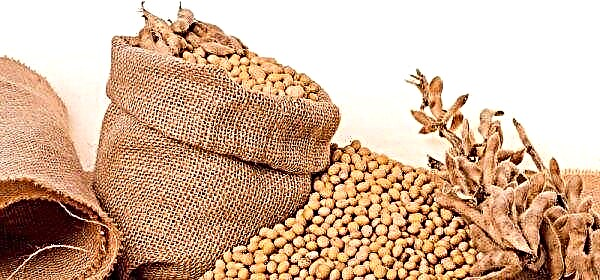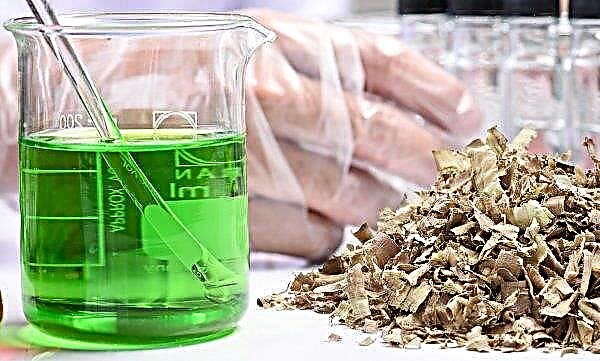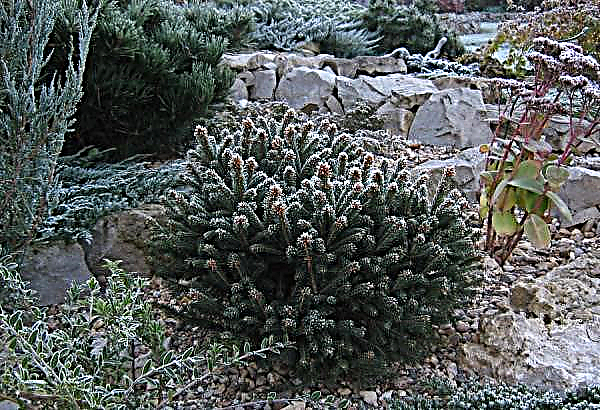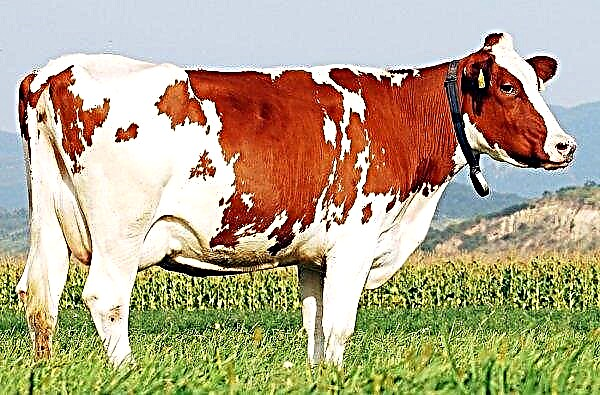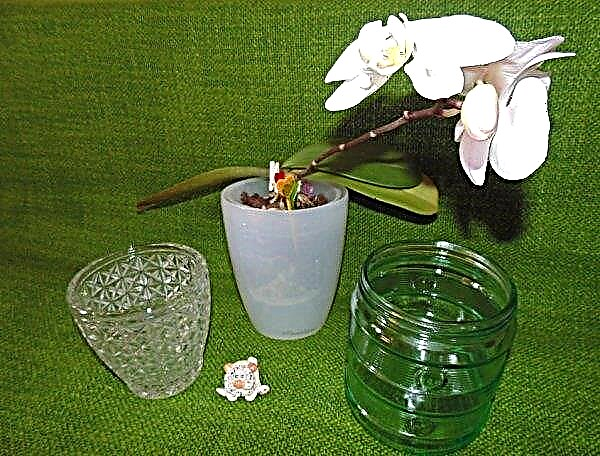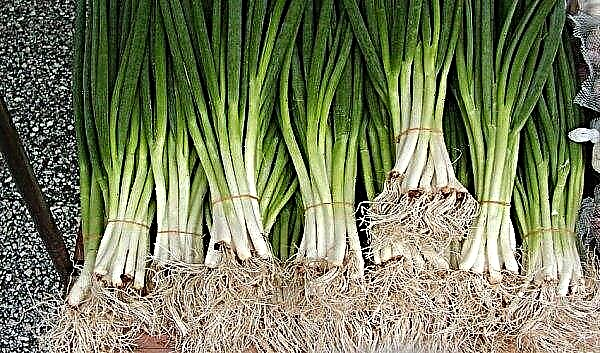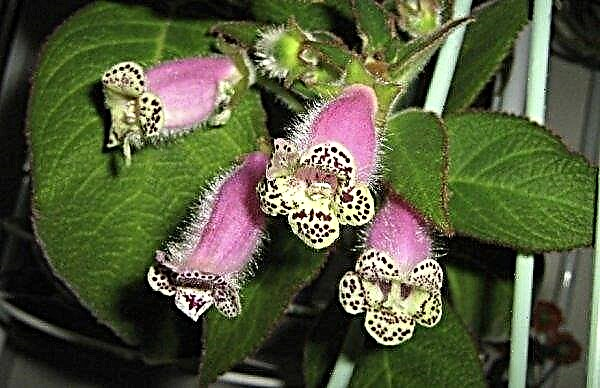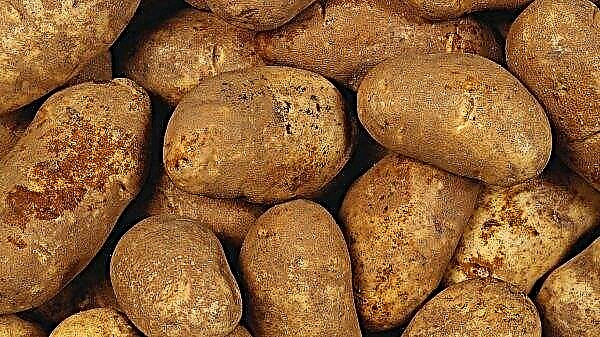Cucumbers are constantly in demand among summer residents, despite their moodiness. Many gardeners build greenhouses on their plots, which helps protect the culture from frost and get an early harvest of environmentally friendly vegetables. The article will provide an overview of greenhouses for cucumbers and how to make them yourself.
Overview of greenhouses for cucumbers: types and features of application
Greenhouses differ from greenhouses in smaller sizes and the absence of entrance doors, but they perform the same functions. They protect the seedlings from strong winds and hazardous rainfall (hail, cold rain, snow), and also maintain a higher temperature inside than outside and the necessary humidity. Some designs are used only for growing seedlings. But in regions with a harsh climate, cucumbers grow in these structures throughout the growing season. You can buy ready-made hotbeds, or you can make them with your own hands. Both homemade and industrial, greenhouses come in many forms. It depends on the:
But in regions with a harsh climate, cucumbers grow in these structures throughout the growing season. You can buy ready-made hotbeds, or you can make them with your own hands. Both homemade and industrial, greenhouses come in many forms. It depends on the:
- designs: arc (arched), "butterflies" (with rising walls), gable (roof "house"), single-pitched and recessed;
- covering material: film, glass, polycarbonate;
- adjacency method: wall and separate;
- sizes: tall and small (mini);
- mobility: stationary (with foundation) and portable (collapsible).
Important! A light film greenhouse is not suitable for areas characterized by strong winds and hail. The structure will not stand such tests.
Arc
This type of greenhouse is the most common. From the name it is clear that its foundation is arcs connected together. Such a structure is also called a tunnel, because outwardly it is very similar to a small tunnel. For annual use, a major structure is installed: a metal arch frame is attached to the box or wooden frame, which is covered with glass or polycarbonate. Temporary structures are made of lighter material (plastic tubes and film or spunbond). When buying ready-made greenhouses, it is best to choose a more reliable covering material: polycarbonate - for stationary construction, spunbond or reinforced film - for temporary use.
Temporary structures are made of lighter material (plastic tubes and film or spunbond). When buying ready-made greenhouses, it is best to choose a more reliable covering material: polycarbonate - for stationary construction, spunbond or reinforced film - for temporary use.
Butterfly greenhouse
“Butterflies” are called greenhouses with rising side flaps that openly resemble the wings of a huge insect. This can be an arc construction, in which side arches rise, or a gable with a roof rising from both sides. This design is very convenient to water and seedlings through open sashes. Industrial "butterflies" are usually quite durable: a metal frame covered with polycarbonate sheets. Homemade models come in wood and film.
Wall
A single-pitched structure attached to the wall of a house, a barn or a fence looks very aesthetically pleasing. A neat frame is made of wooden beams and sheathed with glass or polycarbonate. Such an extension has practical value:
- materials are saved because one load-bearing wall is already there;
- the wall becomes a source of additional heat if the room is heated.

Winter greenhouse
For the winter cultivation of cucumbers, it is necessary to build a very reliable, capital construction. Its construction requires certain building skills, and it will also take more effort and material resources than to collect temporary hotbeds.
The main characteristics of the winter greenhouse:
- mandatory foundation - concrete foundation;
- use of reliable materials (wood or metal, glass or polycarbonate);
- tightness of all joints;
- good lighting system;
- continuous heating (electric, water or stove).

Tall
In regions with a cool climate, cucumbers are grown in greenhouses throughout the season. For this, high models are constructed in which plants are tied up and grow upright. The optimum height of such a borage is 150–170 cm. Arc, gable and single-wall wall-mounted greenhouses are built high. It is advisable to erect such structures from strong materials so that they are not blown away by a strong wind and are not damaged by hail or rain.
Did you know? Mini-greenhouses were popular with the ancient Romans. For this they used cars with earth, which rolled out into the street during the day, so that the plants basked in the sun, and rolled into warm houses at night.
Portable according to German technology
Portable and collapsible hotbeds made by German technology are very light and easy to use. Many manufacturers offer their models. But they have common features:
- small size of the finished greenhouse;
- the design is sold as a set of plastic or aluminum tubes and connecting elements;
- some models are sold with cover material, others without it;
- the assembled structure is buried in the ground with the help of special pins;
- easy to disassemble after use;
- light greenhouse disassembled (3-4 kg).

Mini greenhouse
Mini-hotbeds come in different shapes and patterns ("snail", "bread box", Belgian, arched). All of them are very small, half the size of standard borage. The maximum height is 50–80 cm. Usually mini-constructions are made of light materials (plastic tubes, film) and are installed inside large greenhouses or on a glazed balcony. They are intended for growing seedlings before transplanting to a permanent place.
How to make a greenhouse for cucumbers with your own hands
To make a greenhouse with your own hands, you need to “smash” your head to design it, choose the right materials, and then make an effort to assemble everything into one design.
- However, home-made structures have their advantages:
- the use of improvised means: materials left over from construction or used;
- lower cost or completely free;
- the ability to adjust the size and shape according to your needs and desires;
- Do-it-yourself construction is quicker to assemble.
Materials and tools for making a greenhouse
If the greenhouse will be built from the materials available at home, then first you need to see what is available. Based on this, it will be possible to determine the design.
The following materials are useful for the frame:
- PVC plastic tubes (lightweight, suitable for film, spunbond, but not for glass);
- wooden boards and beams (strong and reliable material, used with different coatings);
- metal profile (high-strength material, withstands heavy coating).
Important! The bottles used for construction should be clean, intact and of the same shape. It is desirable that the container was out of water from good manufacturers, since it is made of high-quality plastic.
For coating are used:
- ordinary and reinforced film (cheap material, suitable for temporary structures);
- spanbond and other covering material (used for temporary and permanent structures);
- glass (transmits light well and retains heat, but heavy and brittle material);
- cellular polycarbonate (light, but strong, universal in use).
To build a greenhouse from these materials, you will need the following tools:
- wood planer;
- drill;
- Bulgarian;
- shears for cutting the film and glass cutters - for glass;
- self-tapping screws for fastening individual elements;
- metal corners;
- screwdriver;
- tape measure and marker;
- hacksaw.
Sizes of a greenhouse for cucumbers
When calculating the size of the future greenhouse, it is worth considering important points:
- 2-3 cucumber bushes are planted per 1 m²;
- the height should be sufficient to tie up cucumber lashes;
- features of the material used.

Recommended Borage Sizes:
- width - 140–150 cm (to make it convenient to care for the plantings);
- height - 150–170 cm;
- the length depends on the number of bushes planted.
Step-by-step instructions for building
Before you start building a greenhouse, both stationary and portable, you need to find a suitable plot of land for it. It should be:
- as even as possible;
- very sunny, but still;
- easily accessible to care;
- away from tree planting;
- without access to groundwater.
Wood and polycarbonate structure
To build a Belgian greenhouse (4-corner with a lifting lid), you will need:
- coniferous boards (25 × 20 cm);
- wooden bars (40 × 40 cm);
- polycarbonate sheets 6–10 mm thick;
- hinges and hardware for fasteners.
Did you know? In the XIII century in the German city of Cologne, the Holy Inquisition blamed the gardener Albert Mangus for constructing the first winter garden in Europe. It was believed that he could make trees bloom in winter only with magic tricks.
Step-by-step instruction:
- Make a temporary foundation for the greenhouse by laying bricks or cinder blocks around the perimeter, which should be wider than the wooden beams of the frame.
- Collect the box from the boards, connecting them with screws and fastening the corners with special fasteners.
- Attach hinges at the junction of the rear wall and the roof.
- Cut sheets of polycarbonate. Seal the sections with foil tape or cover with a U-shaped profile to protect against damage.
- Sheathe the frame and lid frame with polycarbonate.
- Fix the frame of the cover on the hinges so that it easily opens and closes.
- Install the structure on a brick base. Borage is ready.
Video: how to make a greenhouse for cucumbers with your own hands
From plastic bottles
- As a building material for greenhouses, plastic bottles have several advantages:
- very cheap;
- good light transmission;
- excellent heat insulation;
- easy to assemble and repair;
- do not need analysis for the winter;
- the design of them is quite reliable, can withstand adverse natural phenomena: snow, rain, hail, strong wind;
- aesthetic appearance;
- durability (5–10 years).
To build a borage you will need:
- identical white plastic bottles with a capacity of 1.5 or 2 liters (can be alternated with green and brown) - 400 pieces (for a small structure);
- wooden bars for the frame, battens, rods;
- polyethylene film for the roof;
- a construction knife or scissors;
- hammer and nails;
- fishing line or dense kapron thread;
- self-tapping screws and screwdriver.
Step-by-step instruction:
- Draw a design drawing, taking into account the model and shape of the roof (straight or gable), dimensions, the distance between the bars of the wall, a place for the door.
- To build a base: lay out the cinder block around the perimeter, make a foundation or just use thick bars (dig along the corners of the perimeter and pour concrete).
- Fasten the wooden box and attach to the base.
- Screw the wall bars to a wooden base at a distance of 1–1.5 m.
- Make the top rail with a rail.
- The gable roof frame is made of 4 frames (2 triangular and 2 rectangular) and connected to each other. For a straight roof, only one frame is needed, equal to the perimeter of the structure.
- Tie the frame around the perimeter of the fishing line in 2-3 rows. Between these threads pipes from plastic bottles will be inserted.
- In the bottles that make up the bottom row, cut off the top in the widest part. Screw their bottom to the wooden base, setting the bottles tightly to each other.
- For the rest of the bottles, cut the bottom. Insert the second row inside the first, and string the rest onto each other so that the fishing line intertwines the resulting transparent posts.
- Attach the upper bottles to the upper wooden frame with fishing line.
- The extreme columns are attached to the corner bars with screws.
- Bottle walls can be reinforced with slats or tape.
- Connect the roof covering bottles in the same way. For reliability, it is better to string them on rods or thin rails.
- It is advisable to cover the bottle roof with a thick film to protect it from rain and snow.
- Finish the finished roof to the frame.
- The door is made in the same way: first, a wooden frame is prepared, nails are stuffed on the lower bar, a fishing line is tied to them, on which a plastic container without a bottom is put on. Hinges are attached to the finished door, and it is fixed in the selected part of the greenhouse.
 To build a greenhouse for cucumbers with your own hands is cheap and easy. Even an inexperienced gardener can cope with this simple matter if he listens to the tips described above.
To build a greenhouse for cucumbers with your own hands is cheap and easy. Even an inexperienced gardener can cope with this simple matter if he listens to the tips described above.

